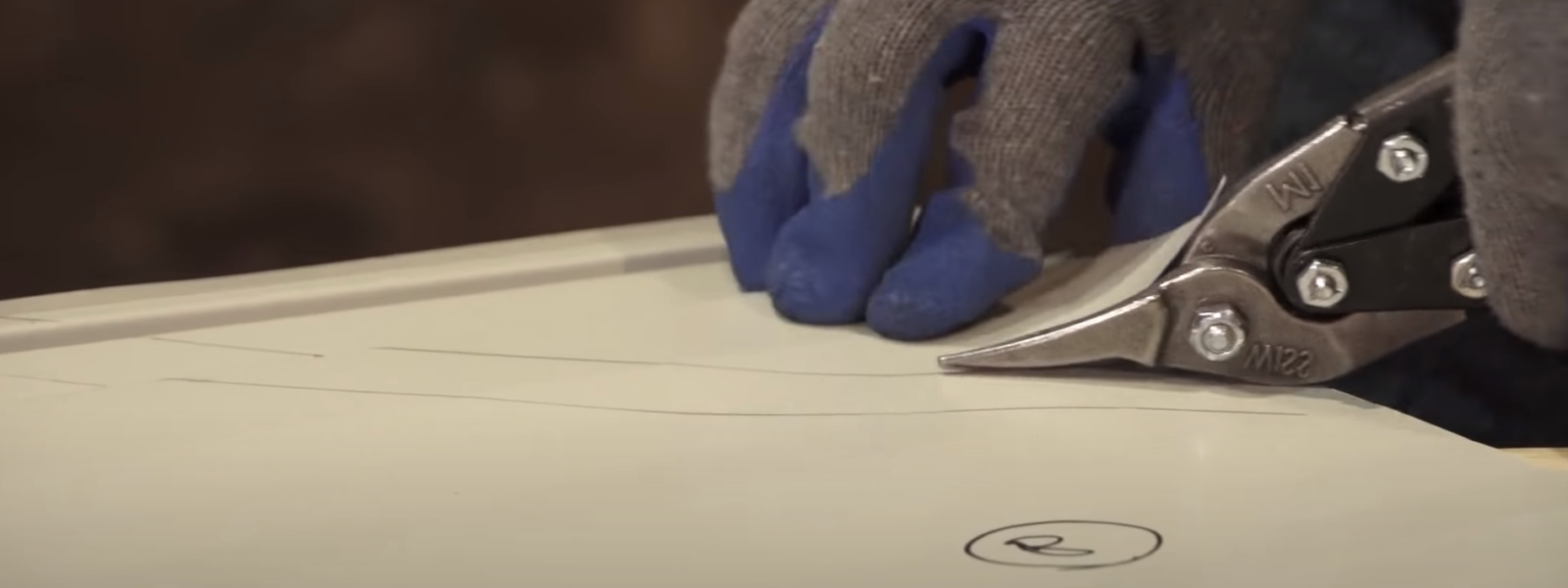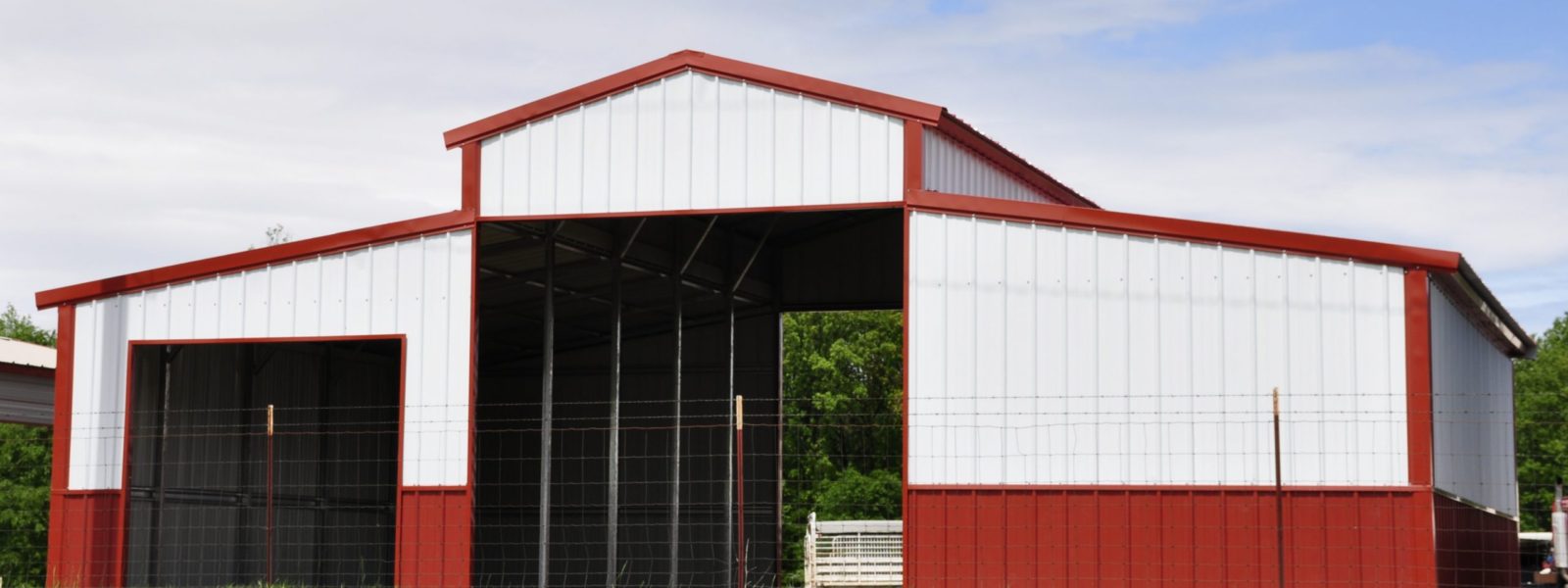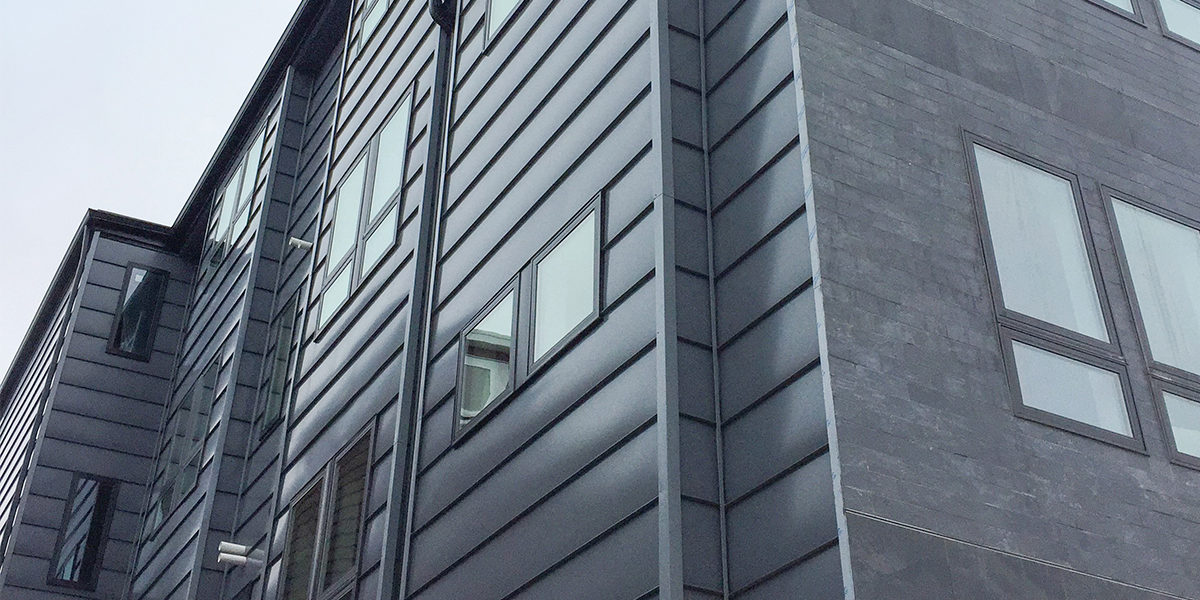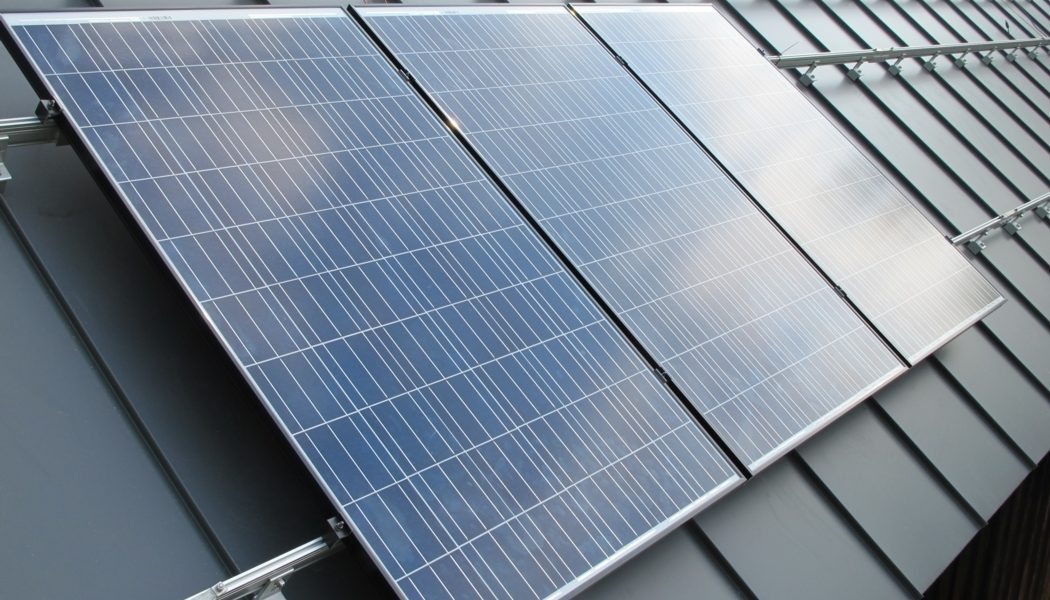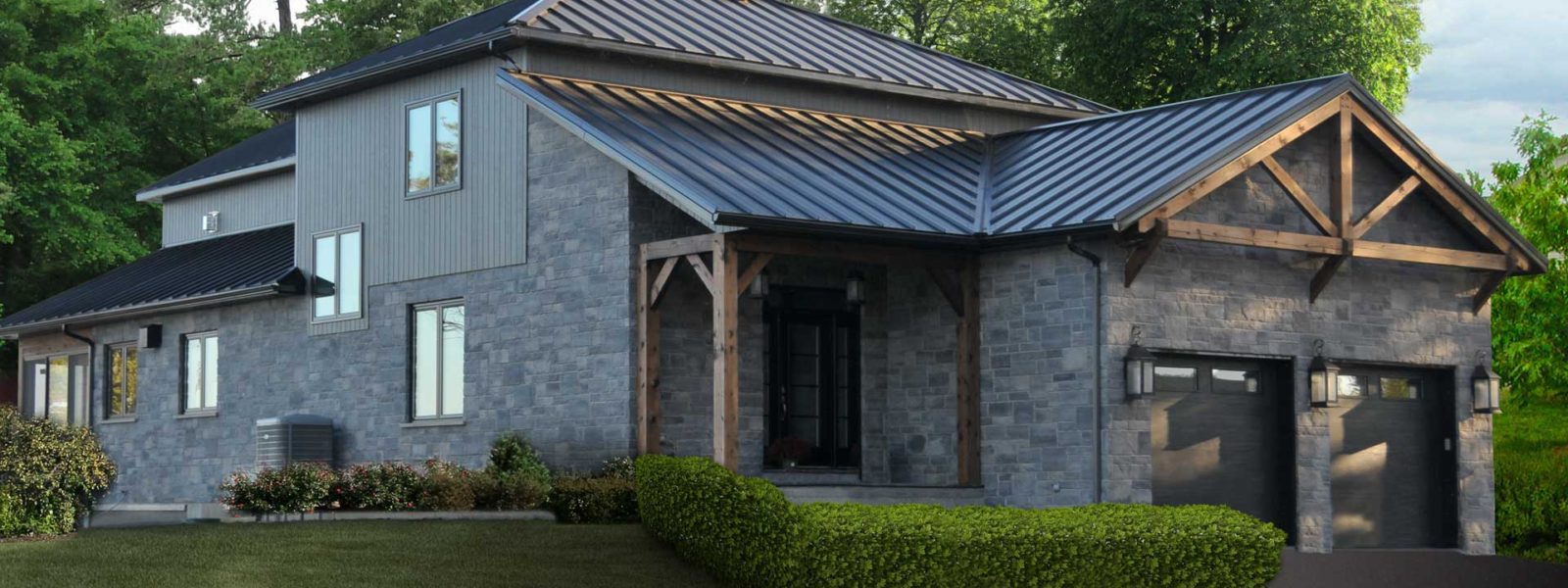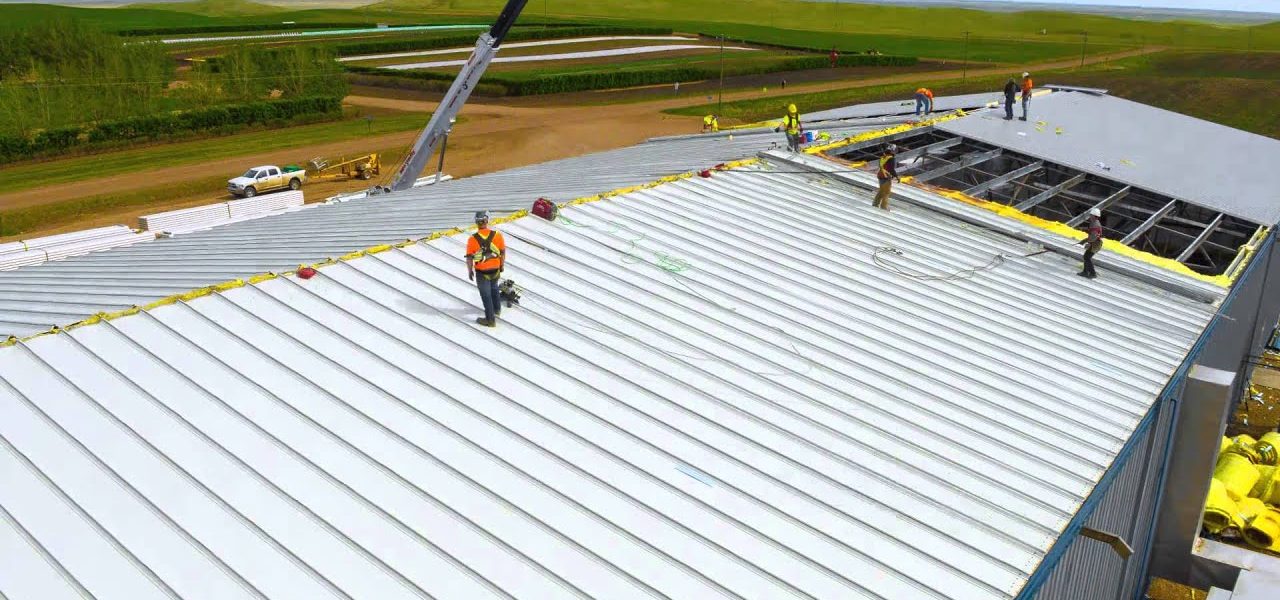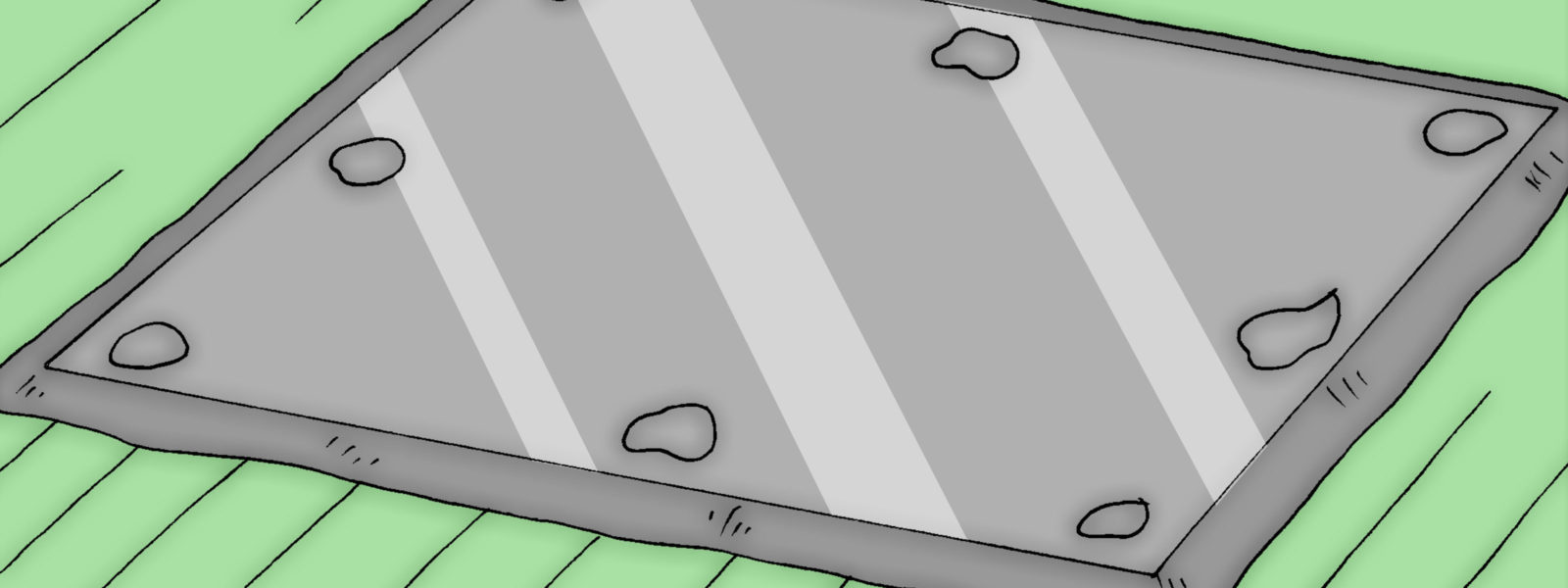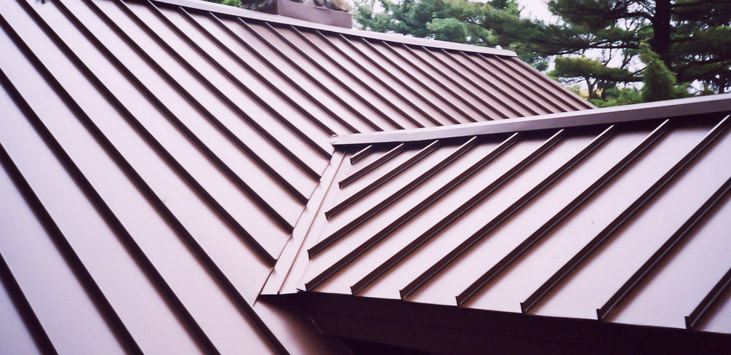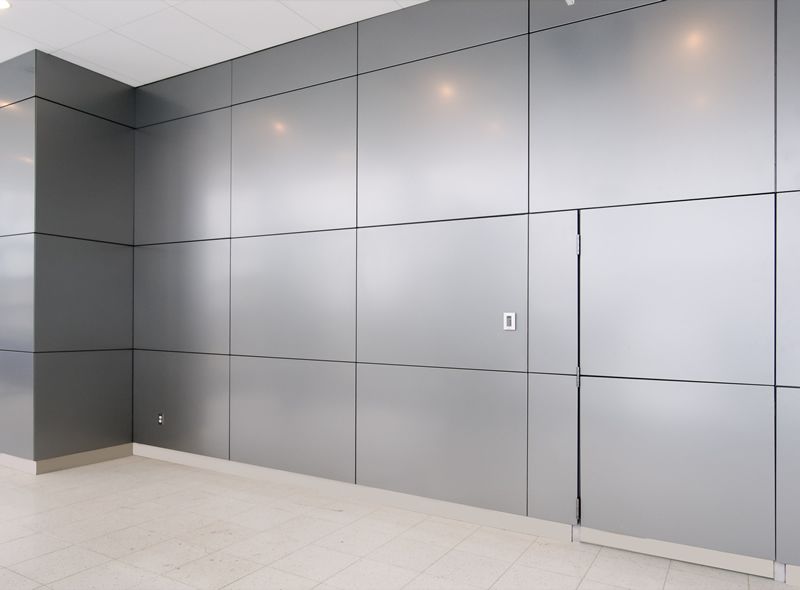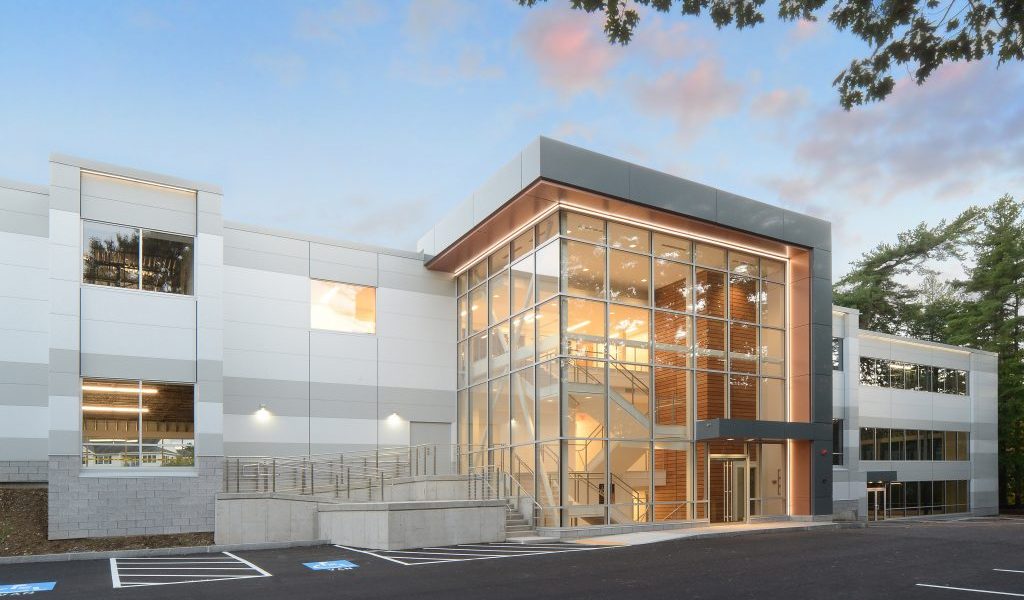You may be wondering how those metal panels got cut to fit your building. Or perhaps you’re a DIYer and plan to cut panels yourself on the job site! In this article, we will explain how panels are cut during fabrication, as well as tools and methods for cutting panels on the job site. Bear in mind,, the right tools and methods must be used to ensure the panels remain protected from damage and their longevity is sustained. Using the wrong tools can result in rust, stains, a voided warranty, and shorter building lifespan.
How Metal Panels Are Cut During Fabrication
When metal panels are produced in a manufacturing facility, the cut edge is protected from deterioration thanks to the tools and methods used. During fabrication, the coated metal is cut either by shearing before entering the roll former, or by means of a profile shear as the panels exit the roll former. Either method “wipes” the Galvalume coating across the cut edge of the panels. This technique provides incredible cut-edge protection from corrosion.
Tools and Methods For Cutting Metal Panels On-Site
- Aviation Snips: Red and green aviation snips are often used for small cuts on metal panels, such as around pipe penetrations. These snips will wipe the Galvalume coating in the same way as factory shears, making them an excellent choice.
- Electric Shears: These shears are most often used when making lengthier cuts along the steel, such as cutting a wall panel at a corner or at a door opening. These shears will take a ¼” strip of metal out of the panel during the cutting process, which tends to leave both sides of the panel smooth and flat. Like aviation snips, electric shears will wipe the Galvalume coating and protect the edges.
- Skill Saw: These are often used to cut metal panels since they are versatile and enable cutting to be done either across or parallel to corrugations, whether straight or at an angle. When using a skill saw, it is critical to use a saw blade that cuts cool. Otherwise, the Galvalume® coating can melt along the cut edge and become ineffective. In particular, do not use an abrasive blade, which will generate heat and damage the coating.
Want to learn more about metal panels? Our qualified team of professionals would be happy to help! Contact us today at 519-451-7663 or info@ecoinsulatedpanels.com.

